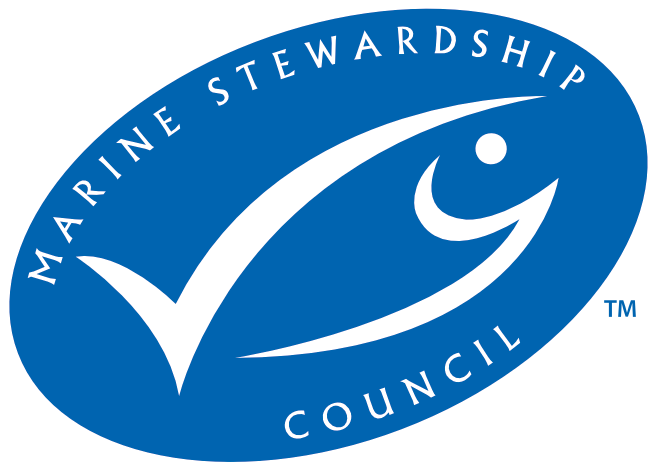
- Certifier :
- Control Union (UK) Limited
- Certified status :
- Certified
- Certified since :
- 29 Oct 2013
- Certificate expires :
- 30 May 2029
Overview
Fisheries are composed of one or more parts, each of which is entitled to receive an MSC certificate. These parts or “units” are defined by their target stock(s), fishing gear type(s) and if relevant vessel type(s), and the fishing fleets or groups of vessels.
When the term “Unit of Certification” is used for fishing units that are in assessment, it refers to the “Unit of Assessment” or “Unit of potential certification”. Expand a status below to view the parts that form this fishery. To check the detailed scope, download the latest certificate or open the Assessments page to get the latest report. Find out more by visiting our page on Fisheries
Catch by Species
| Species | Reported Catch Year | Metric Tonnes |
|---|---|---|
| Blue mussel (Mytilus edulis) | 2024 | 939 |
Information is provided by an independent Conformity Assessment Body as live weight (the weight of species at the time of catch, before processing) and where a fishing season covers multiple years, the end year is given as the reported catch year. Additional information is available in the latest report, see the assessments page.
About this Fishery
German mussel fishnet image © Dominik Butzmann
Blue mussels are bivalve shellfish that thrive in a range of habitats. As adults, mussels are anchored to a secure substrate, which include rocks, stones, gravel, shingle and dead shells. Before this, they have a free-swimming larval stage.
Commercial mussel fisheries harvest seed mussels or “spats” in the wild. These tiny creatures are then grown on in cultivation plots.
The Lower Saxony mussel fishery collects wild spats in the Wadden Sea, using either a traditional mussel dredge or a trawl net. Mussel seeds can also be collected from spat collectors – ropes or nets that are suspended in the water column, onto which spats attach themselves.
The mussel seeds are placed on mussel plots on the seabed for on-growing. Once they reach a favourable size for consumers, they are fished again using the same dredging or trawling gear.
Market Information
The Netherlands is the main export market for Lower Saxony mussels.
